Blood & Everything
 By Mitch Reed
By Mitch Reed
With Firelock Games release of Blood & Crowns which covers the period of the Hundred Years War, gamers now have the third game in the franchise as it joins Blood & Valor (Great War), Blood & Steel (era of black powder), and the flagship game Blood & Plunder which covers the early colonial Americas.
Gamers who play all three already know that each of these games shares a DNA that once you learn to play one of them, you understand how the others work. This design fungibility is a huge benefit to gamers who like to play multiple periods without having to learn many different rulesets.
Credit must go to the early design team at Firelock led by Mike Tunez, who created a tight and solid game with the initial release of Blood & Plunder. The game featured a bidding activation system, clear rules for ranged and close combat, and a fatigue system that works so well it quickly attracted a lot of fans, even some like me who never had a desire to play a game about the golden age of piracy.
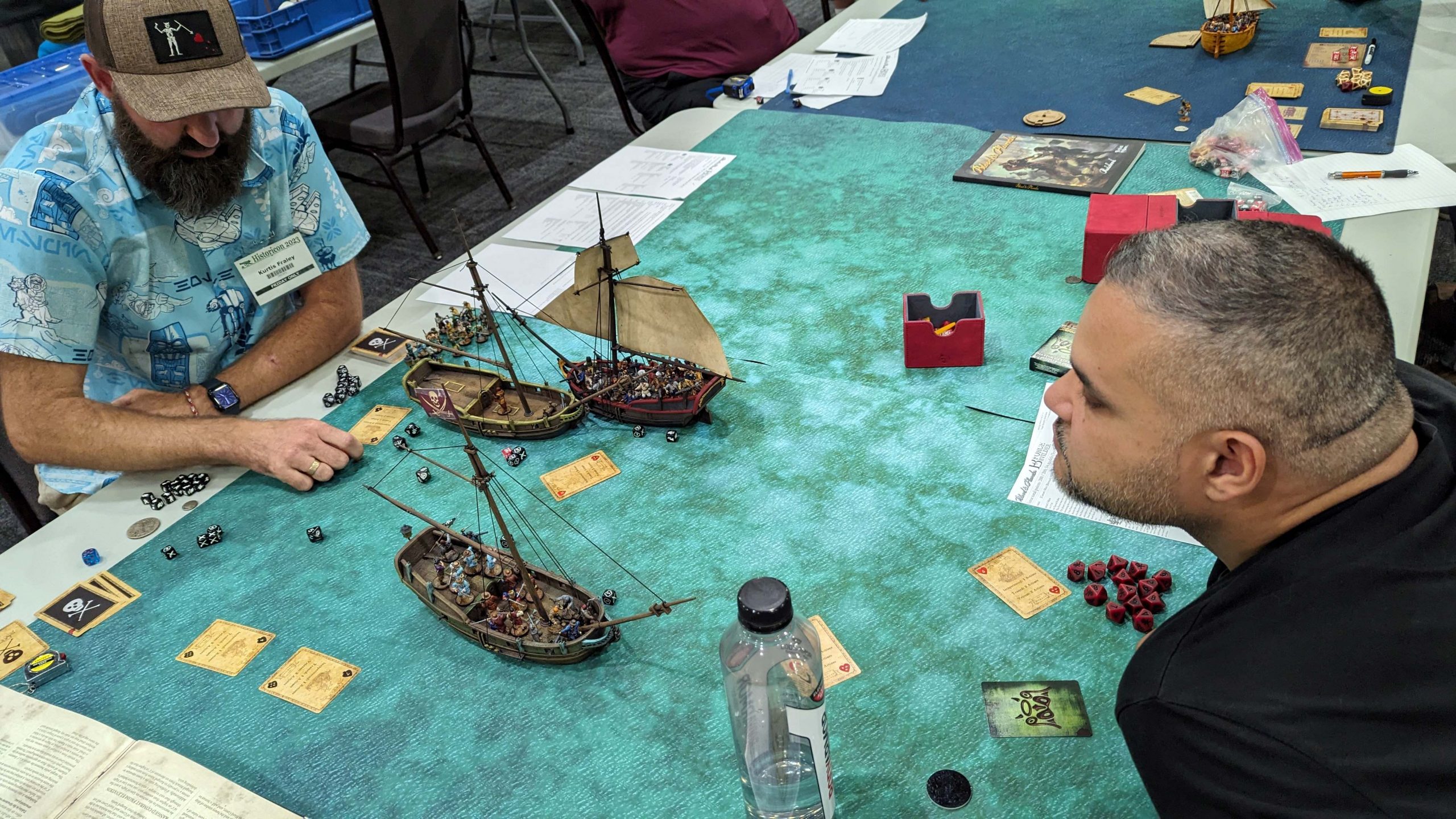
As the original game expanded its lists and flavor, Rufus and Kai DeVane looked to use the core rules and adapt them for a game that covered the underrepresented Great War in miniature.
I was able to help develop Blood & Valor, and having a tested ruleset as the bedrock of the new game made its design review easier than if it was a brand-new design. Since we all knew the rules very well, we were able to focus on the different characteristics of a conflict that took place centuries later and give Blood & Valor the flavor and feel it needed.
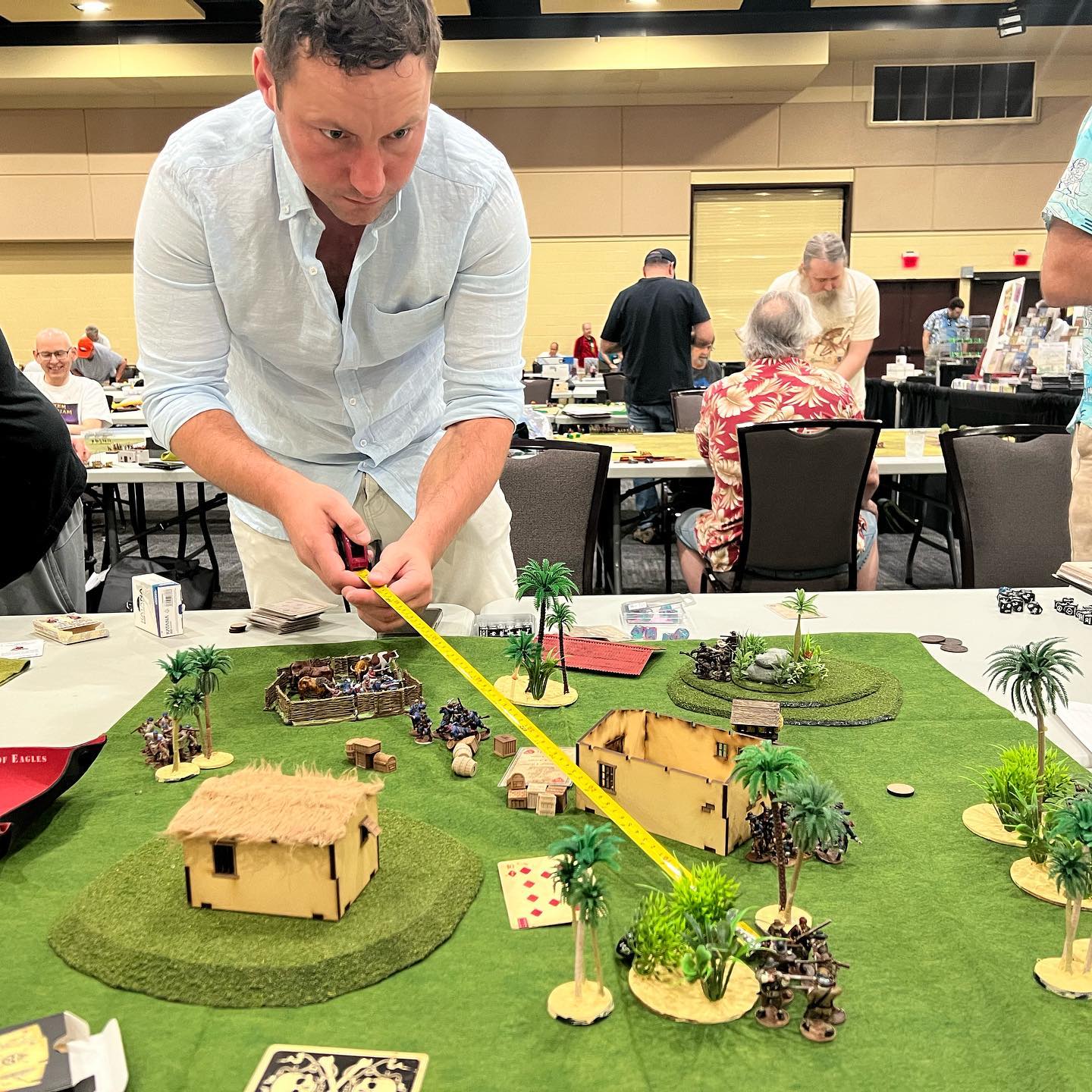
Having worked on many gaming projects that started from scratch, we were able to get the game in the hands of gamers in less than 18 months. While the game did change some mechanics as in activation bidding, the basic rules stayed the same other than changes that were needed to represent the capabilities of early 20th-century warfare.
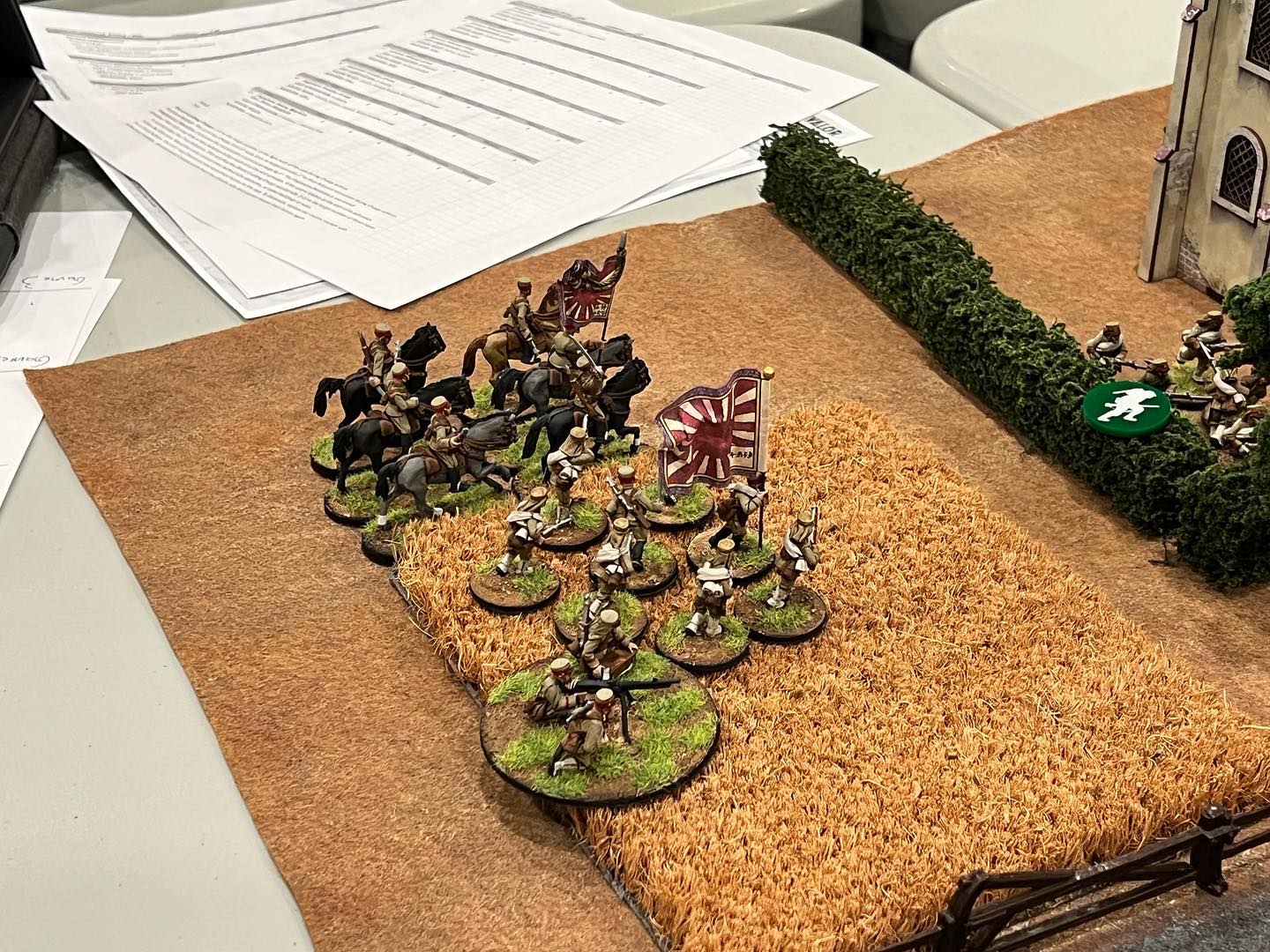
Right on the heels of Blood & Valor, we saw a game that covered a wide range of conflicts during the 19th century called Blood & Steel. This was a big test for the game engine since it covered about 80 years of warfare where technology and tactics changed quickly. The agility of the core mechanics and how they were adapted during this period showed the fungibility of the rules which were created years before and which focused on a much different era.

Then came Blood & Crowns which covers the period before Blood & Plunder and once again the mechanics were brilliantly adapted to the late Medieval period and in many ways share more DNA with the original design.
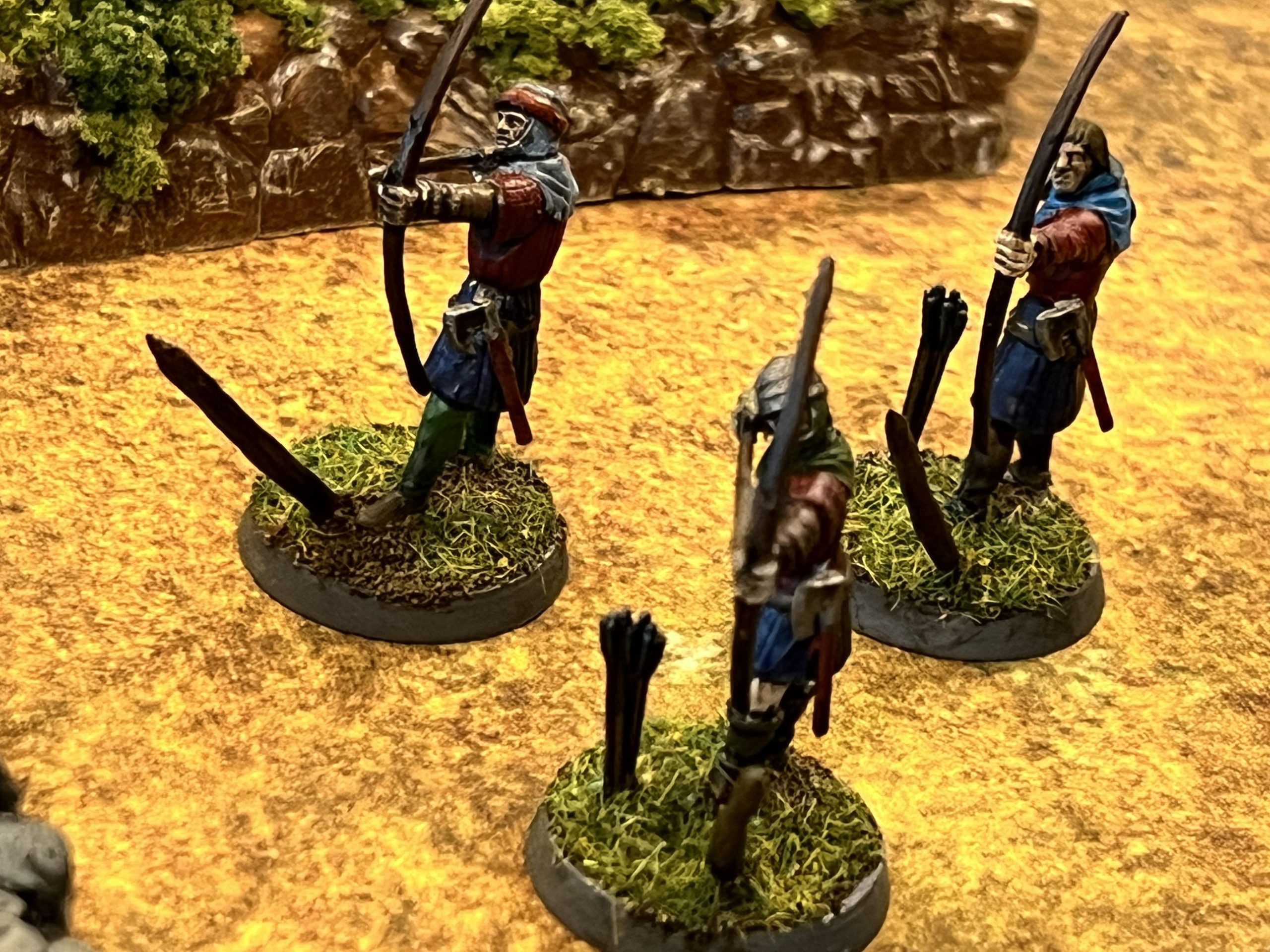
With the design phase easier due to using the core rules, the developers of each of the games were able to concentrate on the unique feel of the period their game needs to represent and, of course, create all the various lists and historic characters that make the game so much fun to play.
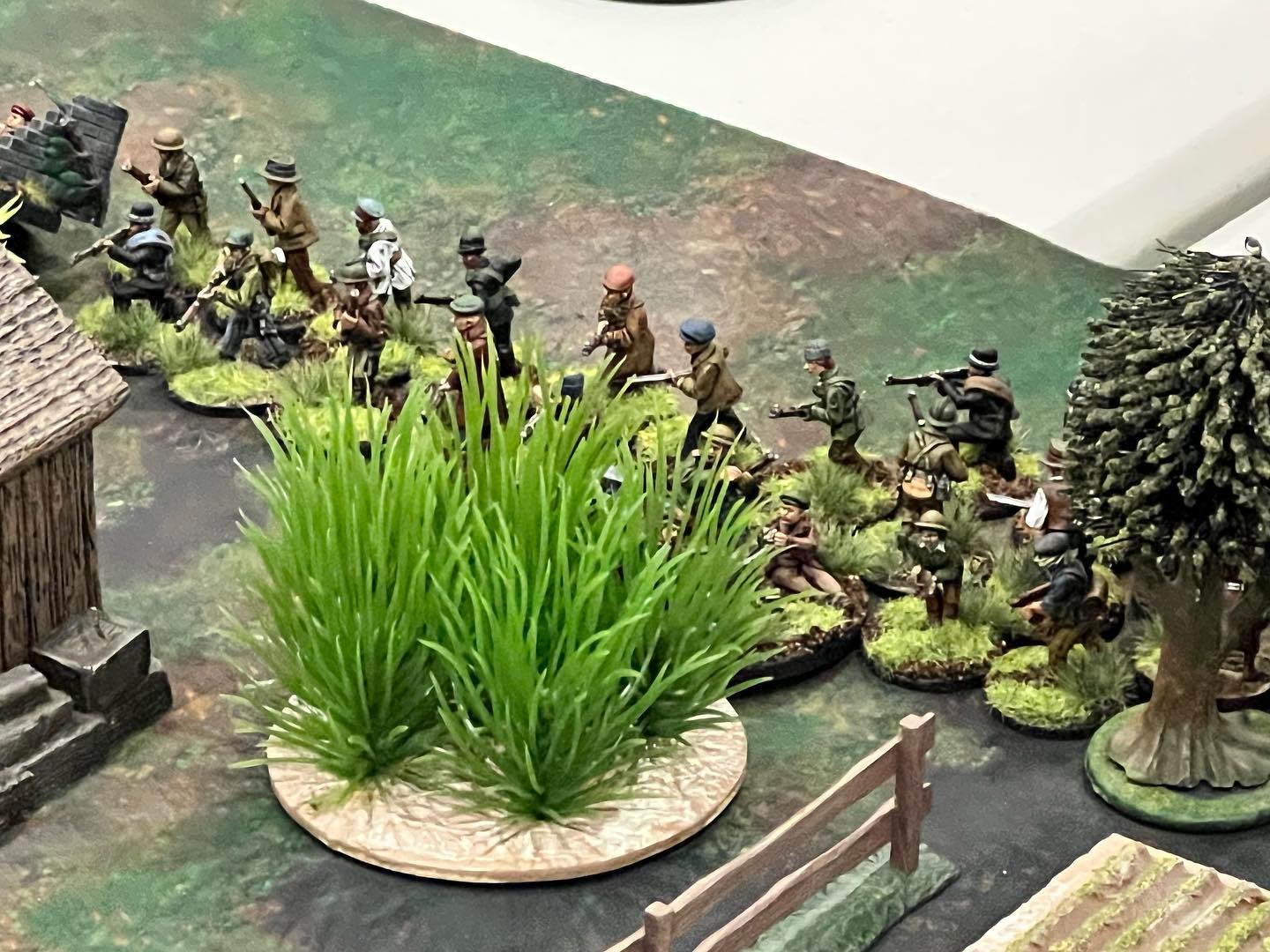
Gamers should realize how much a franchise game series benefits them. It means that they can learn one set of basic rules for one game and quickly understand all the other games in the series. While many may think that one game engine cannot possibly cover a 600-year period with the fidelity they desire, this is not the case here. Each period covered by the series has that unique feel that it should where you get the playing experience you want out of a game.
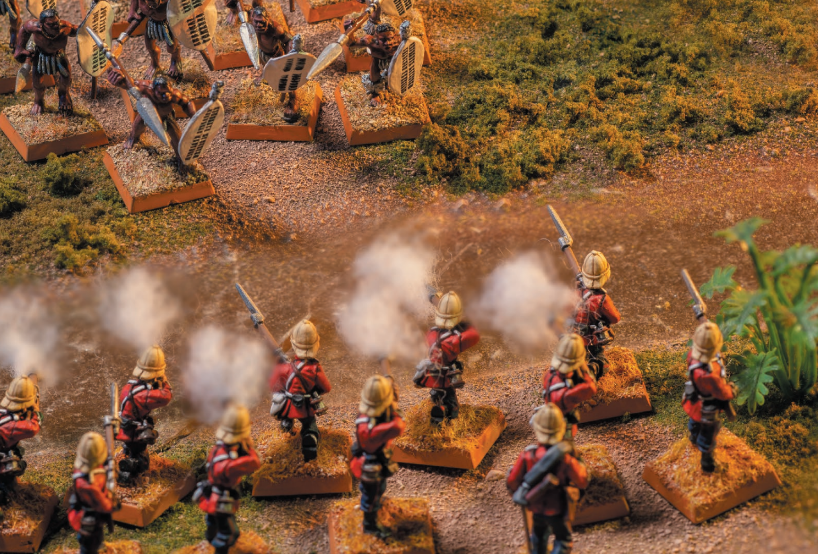
Another thing that gamers who play all the games realize is that the similarity of the rules does not translate into you playing them the same way. Each game forces you to use a unique approach to your gameplay that fits the period you play. This means that the game will never get stale tactically.
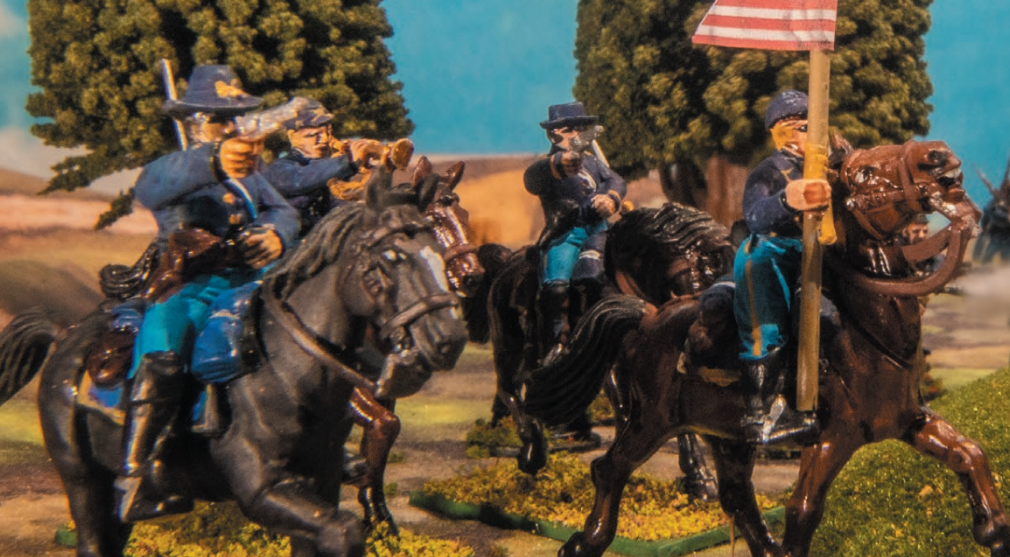
Not wanting to reveal spoilers, I can assure you that in the future many other games that use the core Blood & Plunder rules will be out from Firelock Games that cover all sorts of genres and eras. All you need to do to join in all the fun is to start playing one game in the series and then expand to all of the interesting settings that appeal to you.
